by Doug Gilmer
Writer Doug Gilmer gives us the rundown on the best shooting hearing protection options.
Read AmmoLand 2020 updated review or the Best Shooting Hearing Protection Options found here.
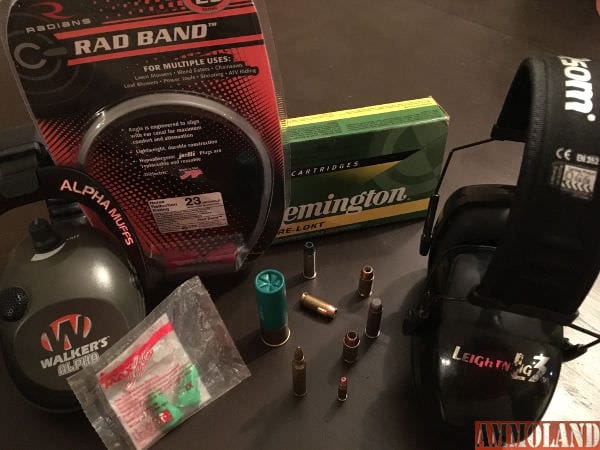

USA -(AmmoLand.com)- Hearing loss in often an unfortunate side effect of law enforcement and military service as well as avid shooters and hunters.
Too often we don’t take hearing loss seriously enough.
In 2014 I had to have surgery to repair an almost 100-percent hearing loss in my left ear stemming from an injury several years ago. In my case, all noise sounded as if it was coming from my right as all the sounds I heard, no matter the direction they originated from, was funneled through my one good ear. It was frustrating, especially while hunting. Everyday conversation was a challenge. Quality of life suffered.
Best Shooting Hearing Protection Options
Daily, I’d have to ask people to repeat themselves, turn my head, read lips, pretend to know what people said and I’d laugh along even when I didn’t know why (often dangerous).
Since my hearing has been restored I am more serious than ever about protecting it. Whether you are an avid sportsman needing to know where woodland sounds are coming from, a law enforcement officer, military member, or just a shooter who needs to hear range commands, your hearing is critical; it could save your life or another’s.
Without going into too much science, sounds are measured in frequency (hertz), duration, and intensity (decibels). The right combination of these in one moment or over a period of time can lead to hearing loss. Because its painless, hearing loss, over time, is almost unnoticeable. Signs of hearing loss can be subtle, having to turn up the TV or having to ask people to repeat themselves, to annoying ringing in the ears, also known as tinnitus.
Fortunately, we have a wide variety of options today to protect our hearing. Depending on our budget and need, protecting our hearing can cost a few cents or thousands of dollars. Hearing protection does not need to stop all sounds, only limit dangerous levels to a point where they don’t pose danger of injury.
Sparkplugs Foam Ear Plugs Moldex

Rubber foam plugs are your least expensive commercial option but are highly effective if used properly. They can be purchased in bulk and are disposable. The trick to using these effectively is to squeeze them between your fingers, making them much smaller in diameter, before inserting them in your ears. Once placed in the ear canal, the foam expands and contours with the opening making a tight seal to keep noise out.
Otis Technology Flugz 21Db Hearing Protection Earplug
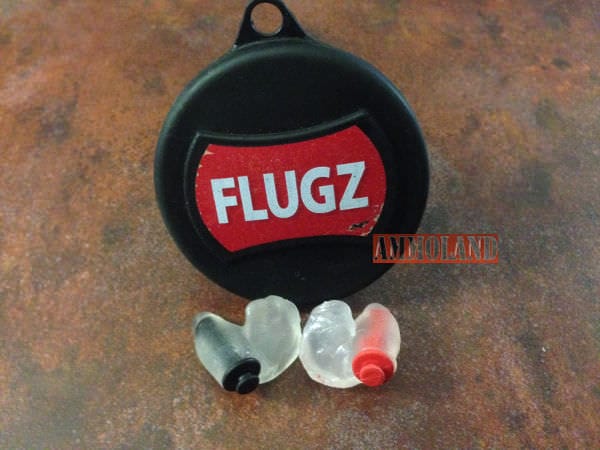
If you have ever wanted custom molded ear plugs but didn’t want to pay the often cost prohibitive prices, check out Flugz. These are best described as semi custom ear plugs. You can mold and fit yourself in about two minutes. Last year at SHOT Show, the people from Flugz let me make my own set and I’ve been using them since with great success.
Surefire’s Sonic Defenders EP7 Ultra
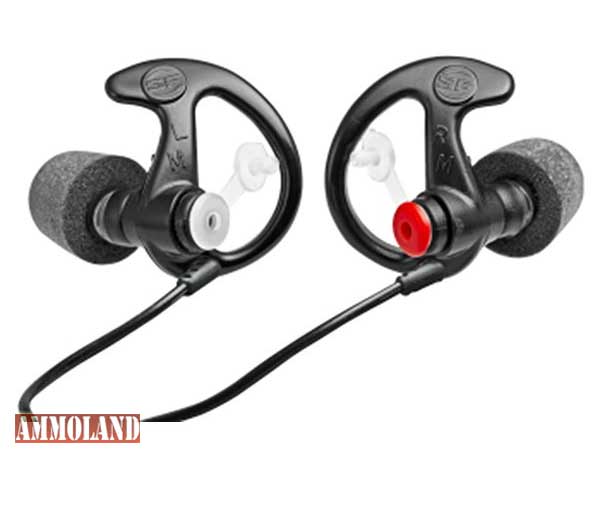
Surefire’s Sonic Defenders are another inexpensive option. While they don’t offer the custom moldable feature, Surefire’s Sonic Defender’s do have a unique sound filtering. The filter design allows normal sounds to pass through but limits dangerous noise. The best part is, they don’t rely on electronics or batteries.
Peltor Bulls Eye 9 Hearing Protector
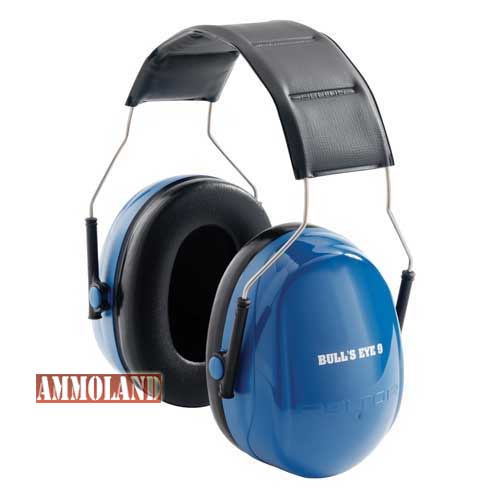
Over-the-ear muffs like Peltor’s Bulls Eye 9 Hearing Protector are very popular at shooting ranges. This protection is reusable, reliable, durable and generally inexpensive. Most also allow you to double up hearing protection. You can use in the ear and over the ear protection at the same. While this doesn’t truly double the hearing protection rating, it does make it more difficult for harmful sounds to reach your inner ear.
Radians Electronic Hearing Protection
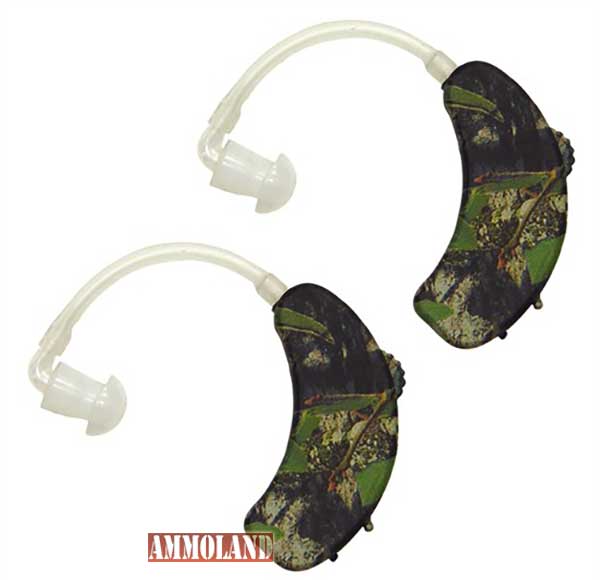
Electronic hearing protection like Radians Electronic Hearing Protection can be had in over-the-ear or in-the-ear models from a variety of manufacturers and at all price points. The products are quite effective at keeping out dangerous noise while allowing normal sounds and conversation to be clearly heard. Some even enhance hearing at certain frequencies making them great for use in the woods when you are trying to listen for the crunching of leaves or a turkey gobbling.
Don’t forget hearing protection while afield. If hunting upland game, one can’t stop and put in hearing protection at the flush right before the shot. It has to be worn the entire time. Your options are to talk a little louder with your hunting partners and use the less expensive sound blocking options or use more expensive electronic protection. My go-to hearing protection during deer season is an inexpensive plastic band with rubber ear plugs on each end. When I go in the woods I can slip it around the back of my neck and it rides secure with me. When a deer is spotted coming your way slowly put an end in each ear. Inexpensive, no batteries, hassle free, and effective.
Don’t gamble with your hearing. Whether shooting or working around loud noises, you owe it to yourself and others. Protect this most important sense. Ignore protection and one day you’ll wish you hadn’t. It’s not missed until its gone.
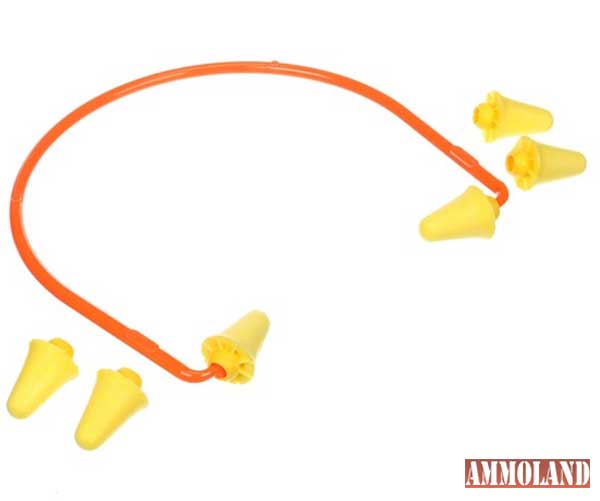
About Doug Gilmer:
Doug Gilmer is a law enforcement and military veteran with over 25 years. With experience and assignments operating throughout the United States and around the world in a variety of investigative, protective, tactical and direct action roles. He is an avid outdoorsman who enjoys fly-fishing, hunting with a handgun. As well as backcountry adventures, and volunteering with various outdoor-themed wounded warrior events. He has been a frequent contributor to outdoor media. For for several years with numerous articles and photos published in a number of media channels. He is a member of the Professional Outdoor Media Association as well as a former board member and executive officer.



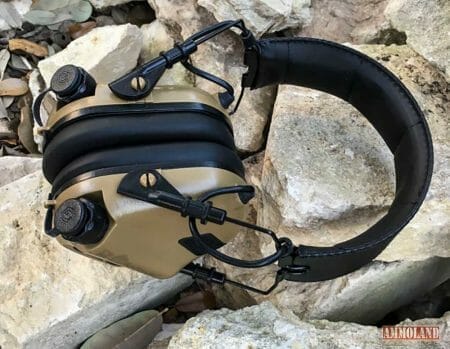
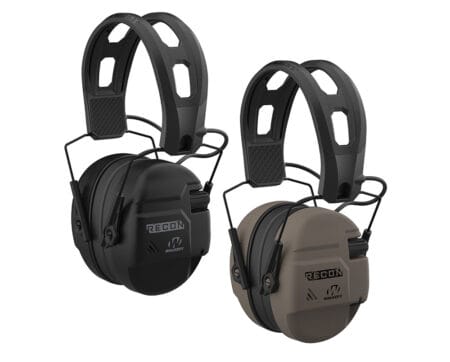
Sparkplug foam earplugs are fine if you have large, long ear canals. For most folks, the ‘barrel style’ is more comfortable than the ‘tapered style’.
One trick with the foam ear plugs to get them inserted better is to pull back and upward lightly on the top and back of the ear lobe while inserting, then (as previous poster said) hold the end of the plug with your finger while it expands in your ear. You will hear the outside sounds noticeably get quieter. You might have to do one ear at a time.
Foam ear plugs have some of the best decibel protection available. The important part of using foam plugs is to push or hold against them after insertion for about 20-30 seconds. This increases their protection greatly. Have used these for 30 years in power plant work. They are excellent. When wanting to hear others better or hunting, protection that allows normal sound but not higher decibels may be preferred.
I hope you will excuse me, I am not a regularly published writer, but a list of basic hearing protection devices that does not include their NRR seems lacking.
What kind of surgery did Dou have? I have similar problems and am always looking for a solution. Thanks.
Howard – I’m not sure I can spell it, essentially I had prosthetic bones a pistons put in my inner ear. Scar tissue had developed around them essentially seizing the moving parts. They can run a test to determine if your hearing damage is mechanical or nerve related. Everyone, especially shooters or those around loud noises, develop some nerve damage but the mechanical damage is trickier to deal with.